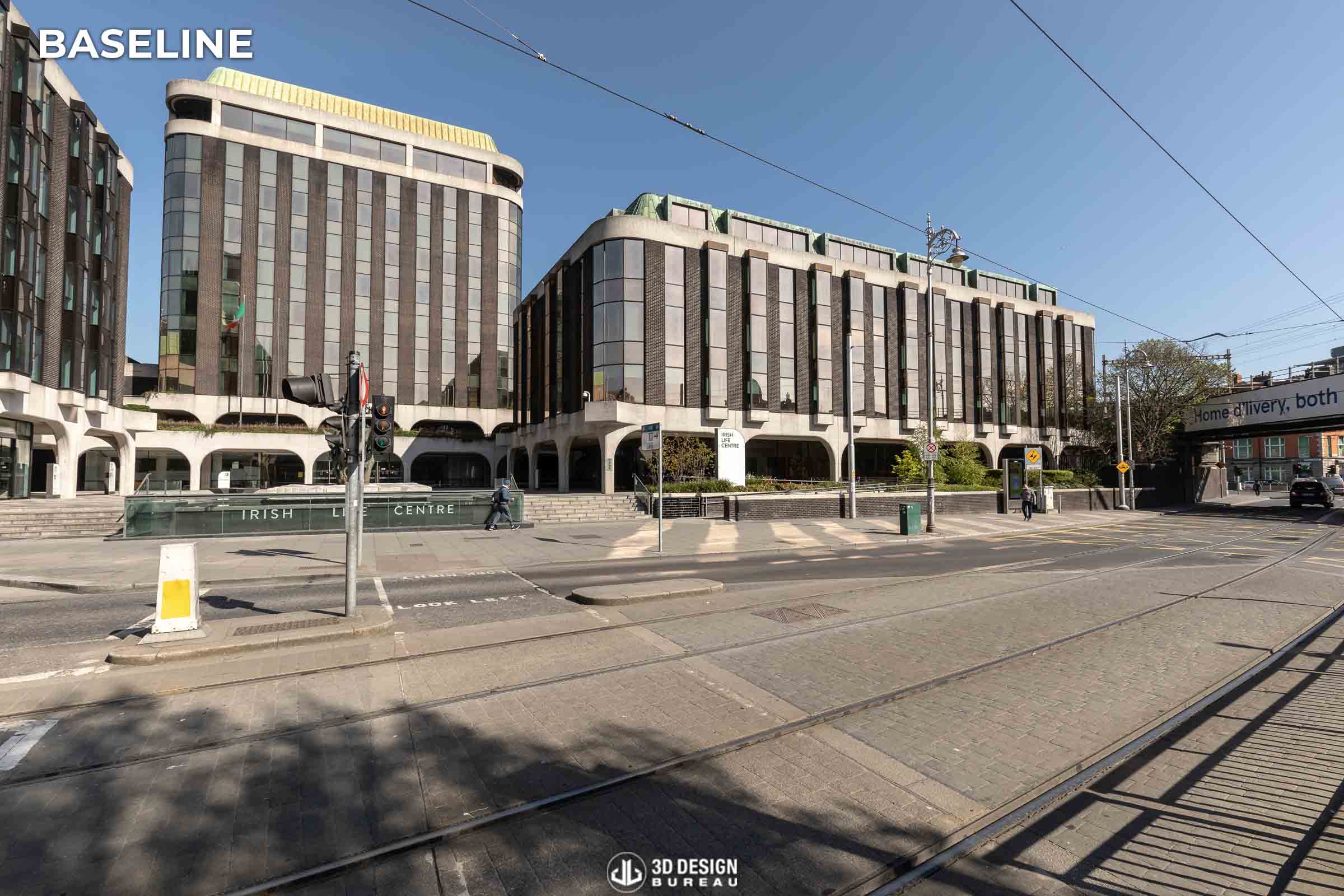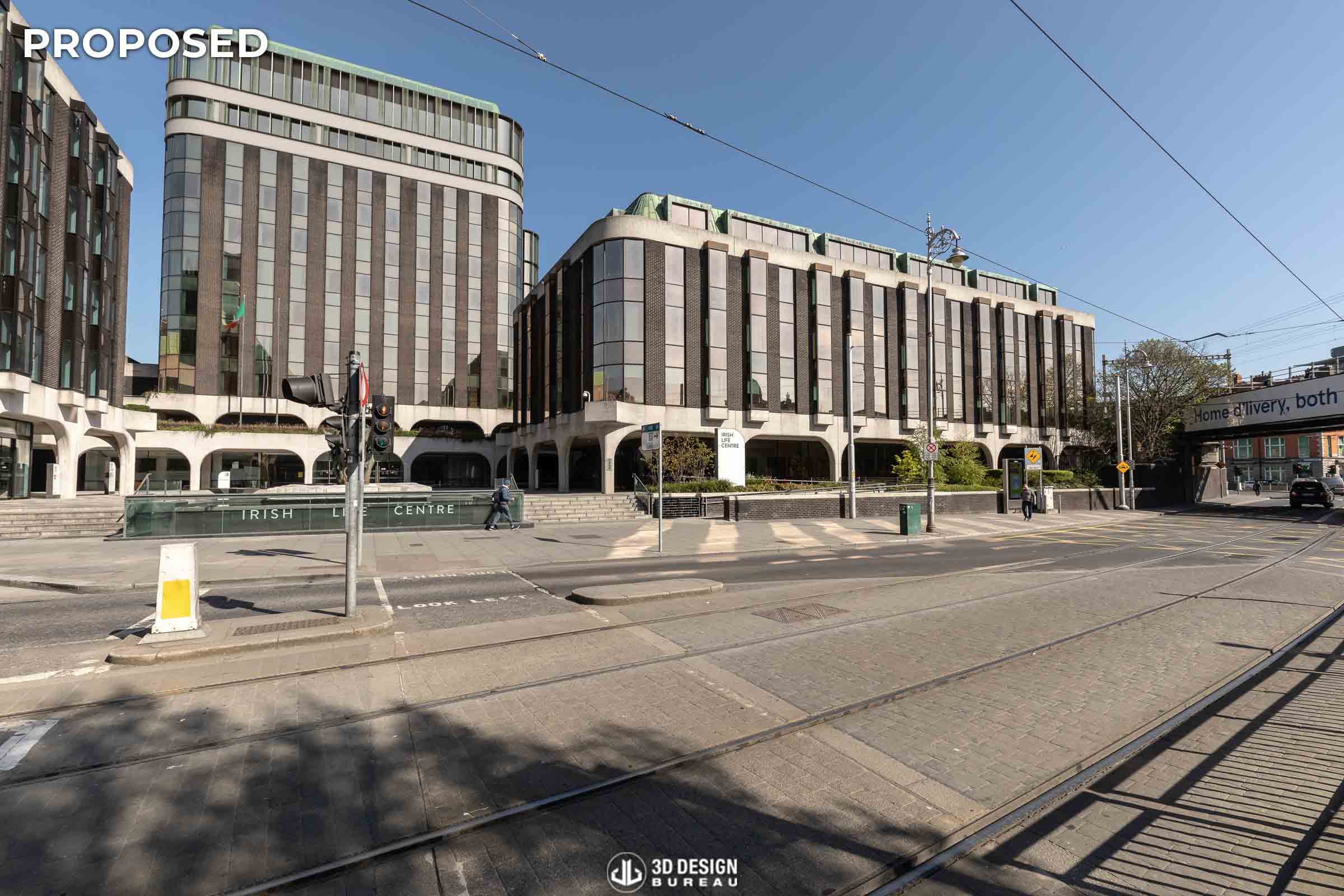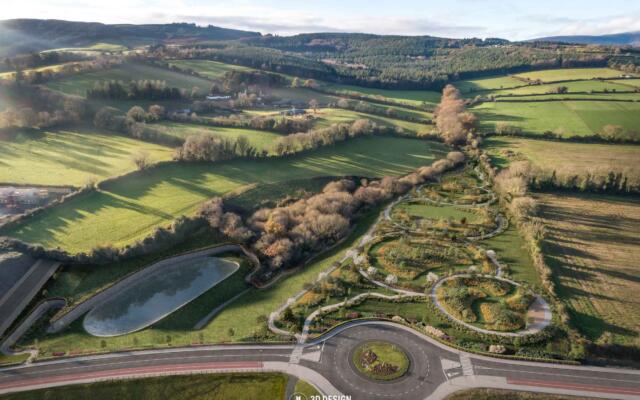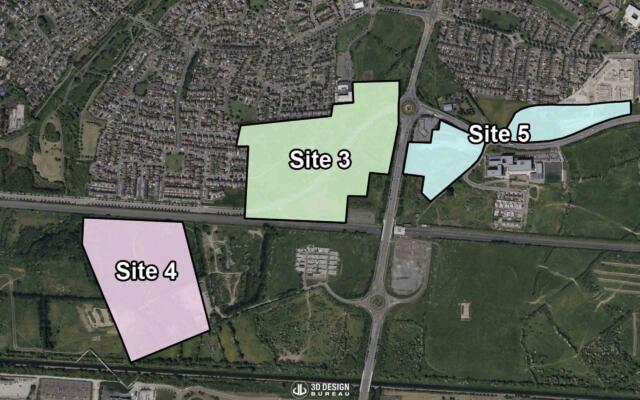Before a project even breaks ground, developers face a series of important steps that shape its viability. Beyond the challenges of the planning process, much of this work begins during the feasibility stage, where early decisions can save developers both time and money. One of the most effective tools at this stage is the Zone of Theoretical Visibility (ZTV).
In this article, we’ll take a closer look at ZTV: what it is, how it can highlight potential roadblocks early on, how it supports a smoother design and planning process, and how it can help avoid substantial financial losses in the long run.
What is the Zone of Theoretical Visibility (ZTV)?
The Zone of Theoretical Visibility (ZTV) is a desktop-based study used to understand where a proposed development could be seen from, particularly across medium- to long-range viewpoints. It’s typically carried out during the early feasibility stage, before a project moves into detailed design.
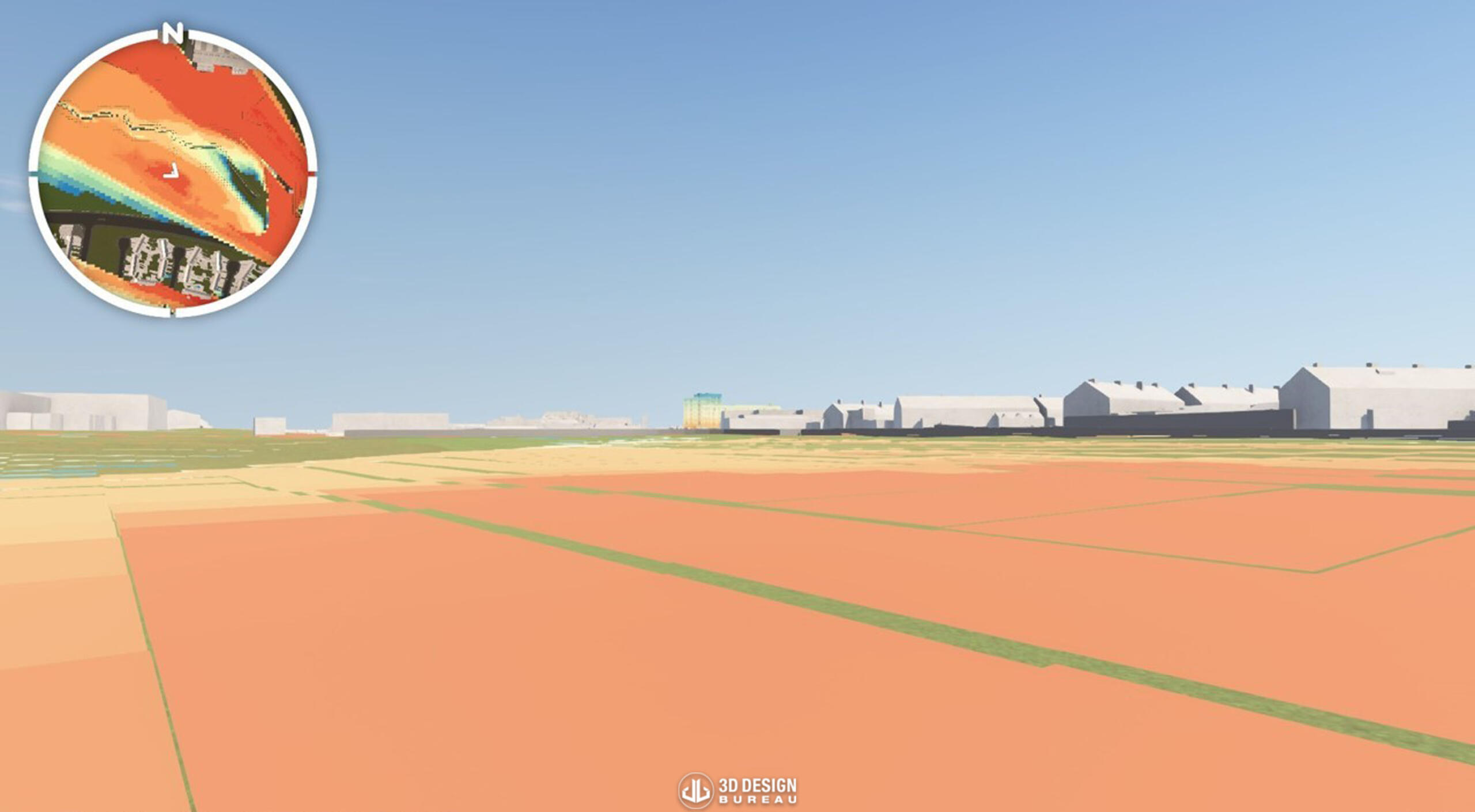 View
View
Our process at 3D Design Bureau begins with creating a massing model of the proposal in Revit, or working with models provided by our clients. We then geolocate the scheme to its real-world coordinates and run the ZTV analysis using a combination of tools, including VU.CITY where appropriate. This generates a clear heat map and supporting imagery that highlight the areas most sensitive to potential visual impact.
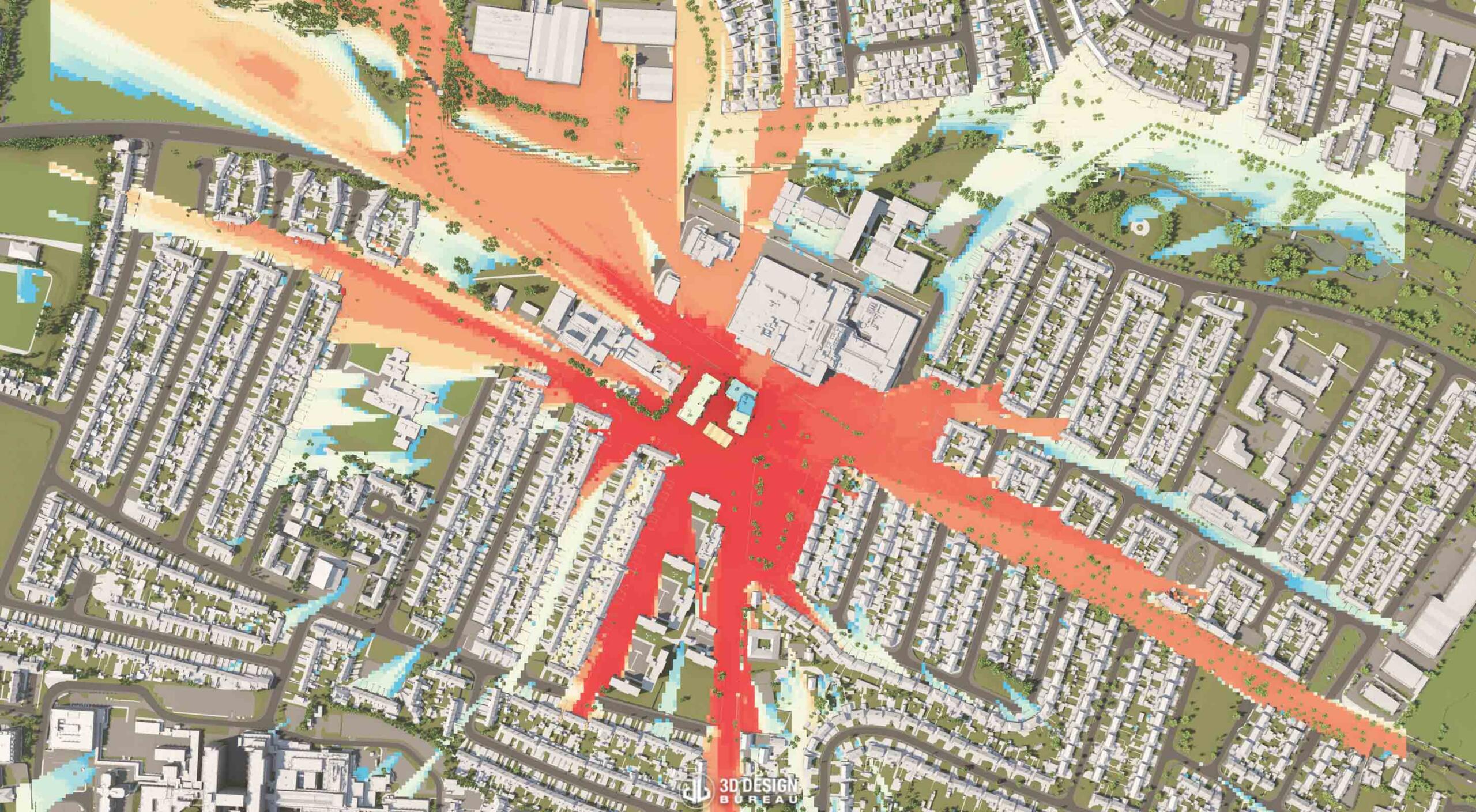 View
View
In our experience, ZTV studies are most reliable when based on simplified massing models, as highly detailed geometry can sometimes be misinterpreted by the software.
The results highlight the key areas where the development is most likely to be visible, giving design teams and stakeholders a reliable overview of potential visual impacts right from the outset.
Benefits for Property Development
Identify potential roadblocks early – It highlights where visibility could raise concerns at the feasibility stage, such as nearby homes, protected views, designated landscapes, heritage assets, or sensitive sites like schools and hospitals. While it does not provide the full level of detail that comes later in the design stage, it offers a valuable early warning, allowing design teams to respond proactively before committing to detailed design.
Smoother design and planning process – With visibility mapped, teams can target design effort and agree a focused viewpoint list for verified view montages (VVMs). This ensures resources are used efficiently and gives planning authorities clear grounds for why those viewpoints have been chosen, helping pre-application discussions run more smoothly.
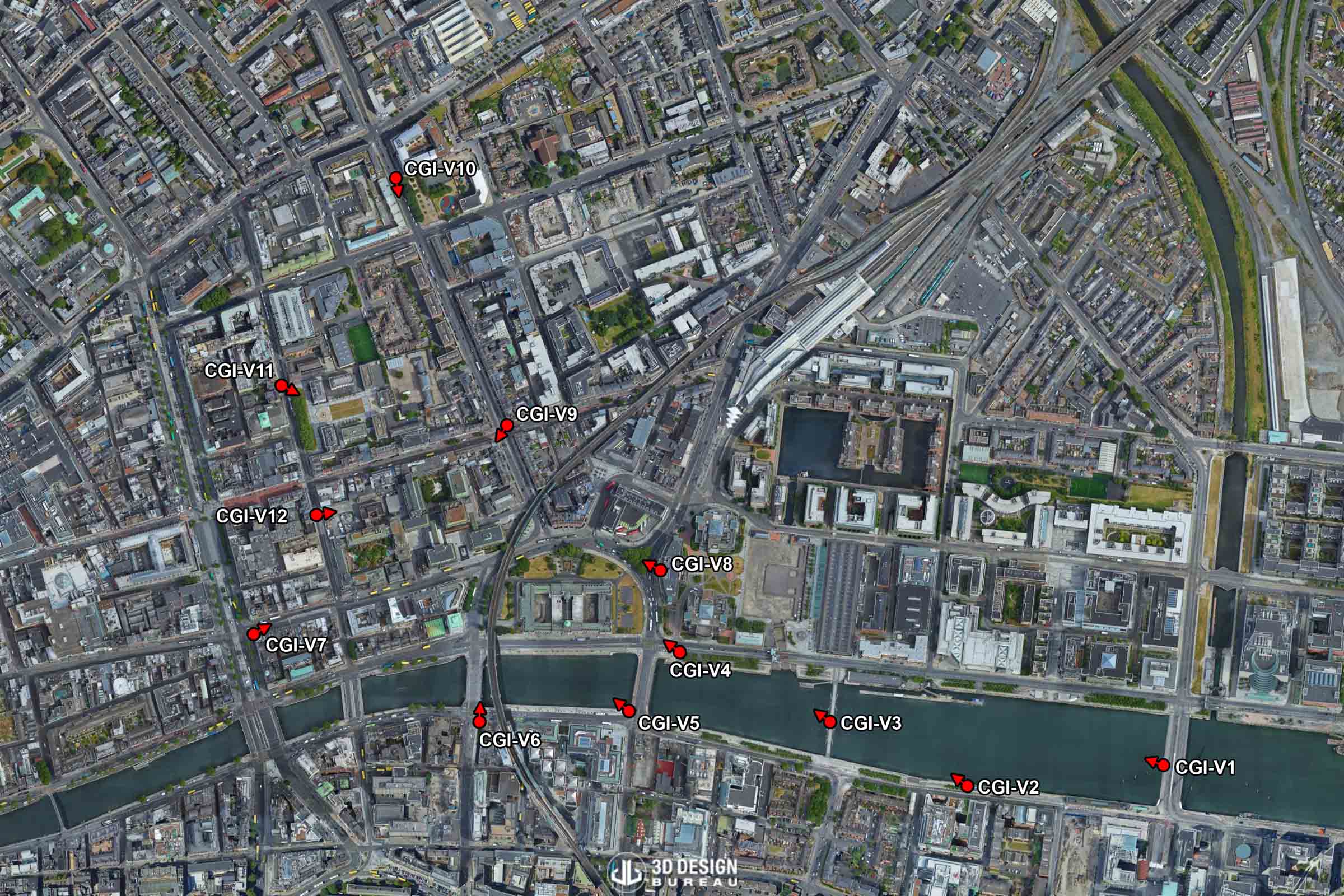 View
View
💡 *Verified view montages, also known as ‘Certified Views’ or ‘Accurate Visual Representations’, are technical photomontages that accurately illustrate the potential visual impact of a scheme. They provide stakeholders, design teams, and planning authorities with a reliable, photo-realistic view of how a development will sit within its surrounding environment.
Reduce long-term financial risk – By highlighting potential challenges early, a ZTV helps prevent costly redesigns, reduces the likelihood of unnecessary assessments, and lowers the risk of objections or delays later in the planning process.
Project Highlight: Irish Life Office Extension
A practical example of the Zone of Theoretical Visibility in action is our involvement in the Irish Life Office extension. The scheme includes significant modifications to the existing building, including a new floor, expanded levels, and alterations at the basement level.
For this project, 3D Design Bureau carried out a ZTV study to guide the production of verified view montages (VVMs). As Nicholas Polley, Managing Director, explains, this approach proved to be invaluable for the project’s success:
“This project perfectly executed the Zone of Theoretical View (ZTV) solution and saved valuable time. The ZTV identified the key places for the VVMs, allowing us to pinpoint camera locations before hitting the site. This method also helped us to precisely evaluate the potential impact the proposed development could have on the surrounding environment,” commented Nicholas Polley, Managing Director at 3D Design Bureau.
Author:
Lucas Imbimbo
Digital Marketing Specialist
at 3D Design Bureau
lucas@3ddesighbureau.com




